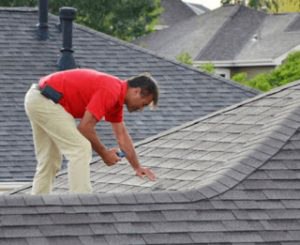Does Insurance Cover Storm Damage to a Roof?
November , 2023 | 10 min. read
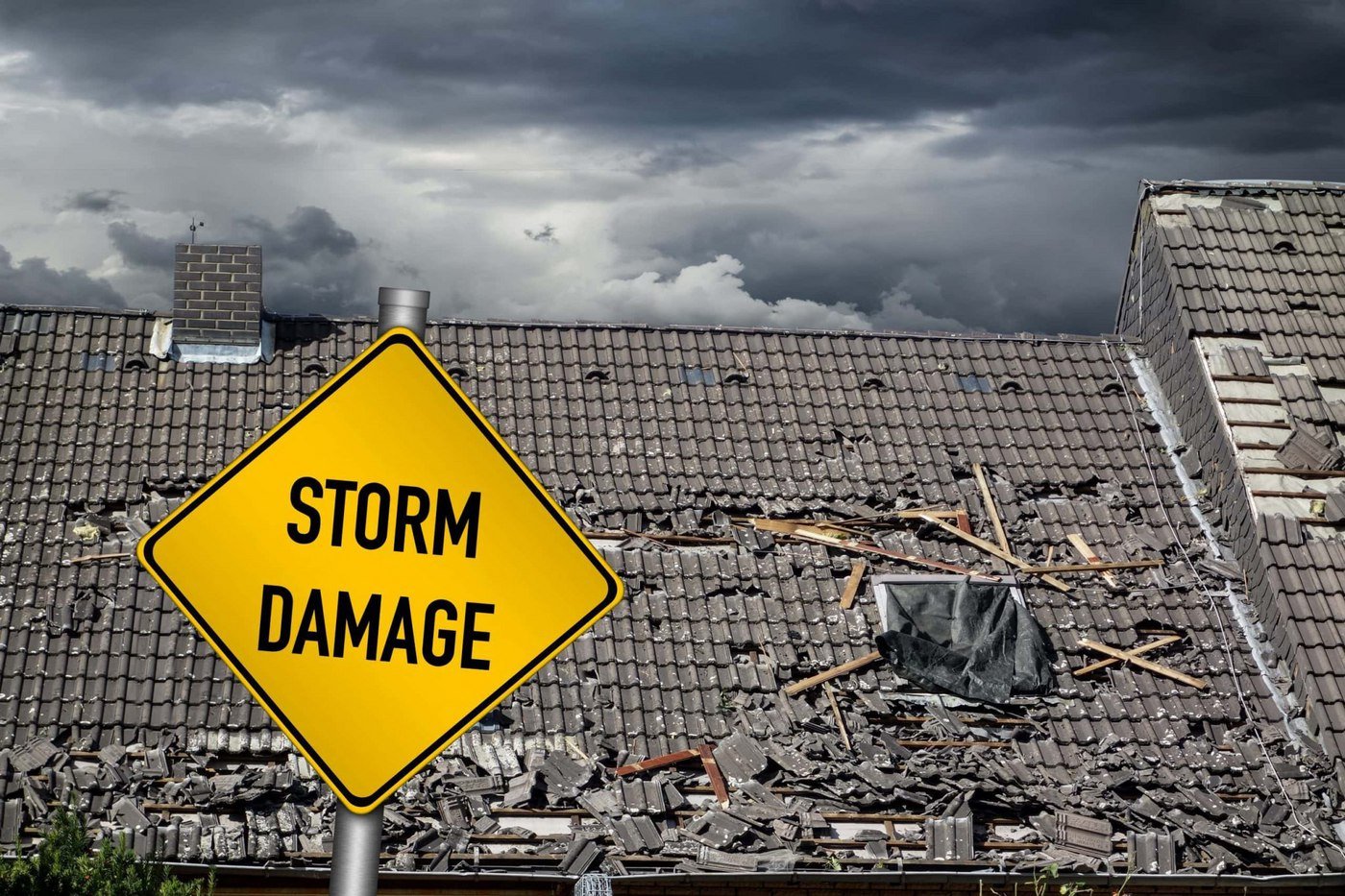
Living in a region with tropical climates has its perks, but it also has its downsides, with one of the biggest ones being storms. The extreme weather in the southeastern regions of the United States can wreak havoc on your city and town, not to mention, your home.
Does this mean you have to sell your cottage in Florida? Or vacate your home in South Carolina? Of course not! This is exactly what insurance is for. RoofCrafters has been repairing storm-damaged roofs for over 29 years, so if there’s anything we know, it’s what type of damage is eligible for insurance coverage, and what damage isn’t.
We understand that roof storm damage is one of the most annoying and frustrating things to have to deal with. While roof repairs and roof maintenance might not be the first things you normally think about, a storm-damaged roof is something that you must address immediately.
You already know that though, since you’re reading this article. You’re in the right place! In this article, you’ll learn when insurance covers storm damage, when it doesn’t, and how you can claim coverage when you need it. we've also put together a video if you'd prefer to watch it instead.
So, let’s jump right in!
When Does My Homeowners Insurance Cover Storm Damage to a Roof?
Insurance covers roof storm damage in most cases. Essentially, anything that is seen as out of your control will likely be covered by insurance. The cases most commonly covered by insurance include damage due to:
- Fires
- Acts of nature
- Storms, hurricanes, or tornadoes
- Vandalism
- Falling objects, tree limbs, or hail
- Wind-driven rain
When Does My Homeowners Insurance Not Cover Storm Damage to a Roof?
Insurance companies will deny paying for damages in certain conditions. Your insurance provider typically mentions the terms and conditions before you purchase your policy. While most policies cover storm damage to a roof, you have to meet certain requirements to be eligible to have an insurance claim approved.
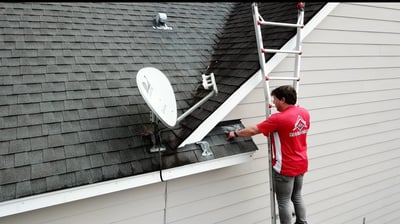
Okay, so how do you stay eligible? Maintenance!
Routine roof repairs are essential for prolonging your roof’s life, as well as making sure you remain eligible for insurance claims. You should hire a professional roofer for roof maintenance at least twice a year to prevent the most common potential problems.
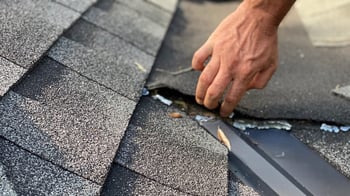
You can visually inspect your roof for any signs of damage and promptly call up your contractor to address anything that you may see out of place. These signs include:
- Leaks
- Discoloration or peeling of paint
- Broken or curled shingles
- Mold or pest infestations
- Tree limbs on your roof
Remember that insurance doesn’t cover any damages caused due to lack of maintenance, including any damage to life, property, or personal possessions.
You should always follow a maintenance schedule and keep track of the work done to make sure your home is ready to weather the next storms. If you need to make an insurance claim in the future, they will not be able to say you have neglected to conduct routine maintenance and use that as a reason to deny the claim.
Time's Up: When Your Roof's Lifespan Ends
It may seem pointless to replace your roof when it is as old as the rest of your house. Yet, roofs endure harsh weather and age, weakening their resistance to winds and storms.
Most roofs need replacing every 15-20 years. Even if your roof seems fine after its expected lifespan, plan to replace it to prevent bigger issues.
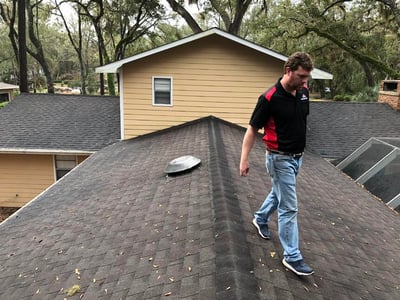
Old roofs have a higher tendency to leak or collapse, making them a liability for your insurance company. Your insurance company is worried about the things inside your home, not the roof. If your roof gets damaged in a storm, they will replace them.
For this reason, most insurance policies either offer limited or no coverage for roofs that are around 15 to 20 years old. Besides, older roofs often need many repairs. We understand that roof leaks can be frustrating, which is a good reason to get a new roof.
Avoiding Pitfalls: The Consequences of Faulty Roof Installation
When it comes to roofing, cutting corners can lead to disastrous results. Choosing to do it yourself or hiring a cheap contractor may seem like a smart way to save money at first, but it can cause big problems later. Professional roofers have the necessary skills, precision, and material knowledge required for roofing.
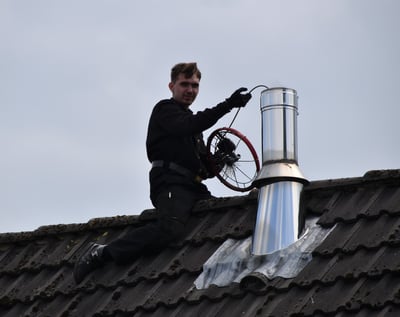
A poorly installed roof is a ticking time bomb of potential problems. The most immediate and noticeable issue is leaks. These leaks are not ordinary. They happen unexpectedly and irregularly, usually when it's windy and raining. This indicates a fundamental flaw in the roof's sealing and installation.
Besides, a faulty installation could cancel out the benefit of your insurance policy's coverage for roof damage. Insurance providers are strict about the conditions under which they accept claims. If a roof is installed incorrectly, it's not covered by standard insurance. You have to pay for repairs or a new roof. To keep your insurance, have a trustworthy pro install your roof and avoid problems.
Navigating Insurance Claims for Storm Damage: A Step-by-Step Guide
Dealing with roof damage after a storm is already stressful. If you've never filed an insurance claim, it can feel overwhelming. But, knowing the correct steps can make this difficult task easier and guarantee you get the coverage you need. Here's a straightforward guide to help you through the insurance claim process for a storm-damaged roof:
1. Maintain a Photo Album
We cannot stress how important it is for you to keep a photo album of your roof for insurance claims. This record helps your insurance company track your roof’s condition over a period of time, making it easier to diagnose what caused the damage.
Pro Tip: Make sure that you take photos of your ceiling inside as well.
2. Call a Local Roofing Contractor
Immediately inform a local roofing contractor of the damage as soon as it occurs so that they can come out and inspect your roof to make sure that the damages will exceed your deductible before you file a claim.
This is important as we do not want you to file a claim that is not needed as it will go against you when it's time for renewal, even if the claim is denied.
Also, a professional roofer can mitigate any further damages by installing a tarp or making a temporary repair until the work can be scheduled. Make sure you ask if they are experienced in insurance claims.
3. Call Your Homeowners Insurance Company
Call your insurance carrier and inform them of the damages so that they can start the claim process. They will then schedule an adjuster to come out to do an onsite inspection. Typically they'll contact you within 72 hours to schedule the onsite visit.
4. Have Your Local Roofer Meet the Insurance Adjuster
After the insurance company has assigned a field adjuster to come out and document the damages, call your local roofing contractor to come out with the adjuster to review the damages together to go over the scope of work on your behalf.
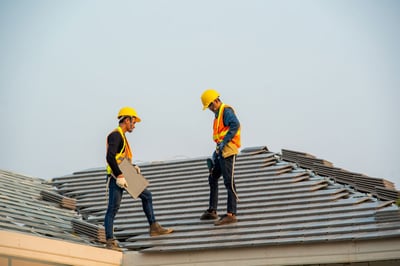
By doing so you will be assured that nothing is missed or left out of the storm damage claim. Two sets of eyes are better than one!
Will My Insurance Company Cover the Storm Damage On My Roof?
It depends! When instances out of your control occur, while accompanied by a big storm, your insurance will cover your repairs. However, if you’ve had an old, leaky roof for a few years, and a storm finally brings it down, you’ll be hard-pressed to find insurance coverage in this case. That being said, it is of the utmost importance you remember to take care of your roof in the meantime.
Now that you’ve reached the end of this article, and are knowledgeable in all things storm-damage-roof-insurance-coverage, you should be feeling relaxed and stress-free knowing that your roof repairs will be covered by insurance should a storm cause damage, as long as you are taking proper care of it.
RoofCrafters knows how stressful roof damage can be, which is why we provide a start to finish claim process solution for you. If you’re unsure of where you’re at in the process, check out our article on if you should file a storm damage claim. For more clarity, feel free to schedule an inspection with our team.
My name is Anthony, and I am the lead estimator of RoofCrafters’ Georgia/South Carolina division. The roof is the most important part of a structure, and people count on that to protect themselves and their families. That is one of the many reasons why I love my job and enjoy coming to work every day. The continuous training, honesty, and providing the customer with the Roofcrafters experience is what makes me the best in the business.


